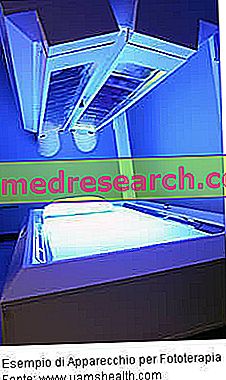
The use of nitrites and nitrates in the production of cured meats has a dual function: on the one hand it is important for conservation, in particular limiting the development of sporulated anaerobic bacteria such as Clostridium botulinum, on the other it artificially enhances the pink / red color some meat.
LARN analyzes, the results of which are shown in the image to the side, have shown that the nitrate content in some cured meats has been reduced
over the years, almost nullifying, while nitrite is now practically absent. This is important information, given that we are talking about potentially toxic substances capable of generating carcinogenic nitrosamines, especially at the gastric level.
Nitrates and nitrites per se are not carcinogenic, but they can undergo a series of chemical transformations that convert them into N-nitrosamines, compounds that are instead considered carcinogenic. The formation of nitrosamines occurs spontaneously in the human body in the strongly acidic environment of the stomach.
We recall that on the label these preservatives are very often hidden behind the initials E251 - E252 (nitrates of sodium and potassium) and E249 - E250 (sodium and potassium nitrites). The latter are decidedly more dangerous than nitrates, while the presence of Vitamin C in cured meats is seen as a protective element; ascorbic acid is in fact able to reduce on the one hand the necessary dose of nitrites and nitrates for the preservation of color and on the other hand to limit their transformation into nitrosamines at the gastric level.



